Your cart is currently empty!
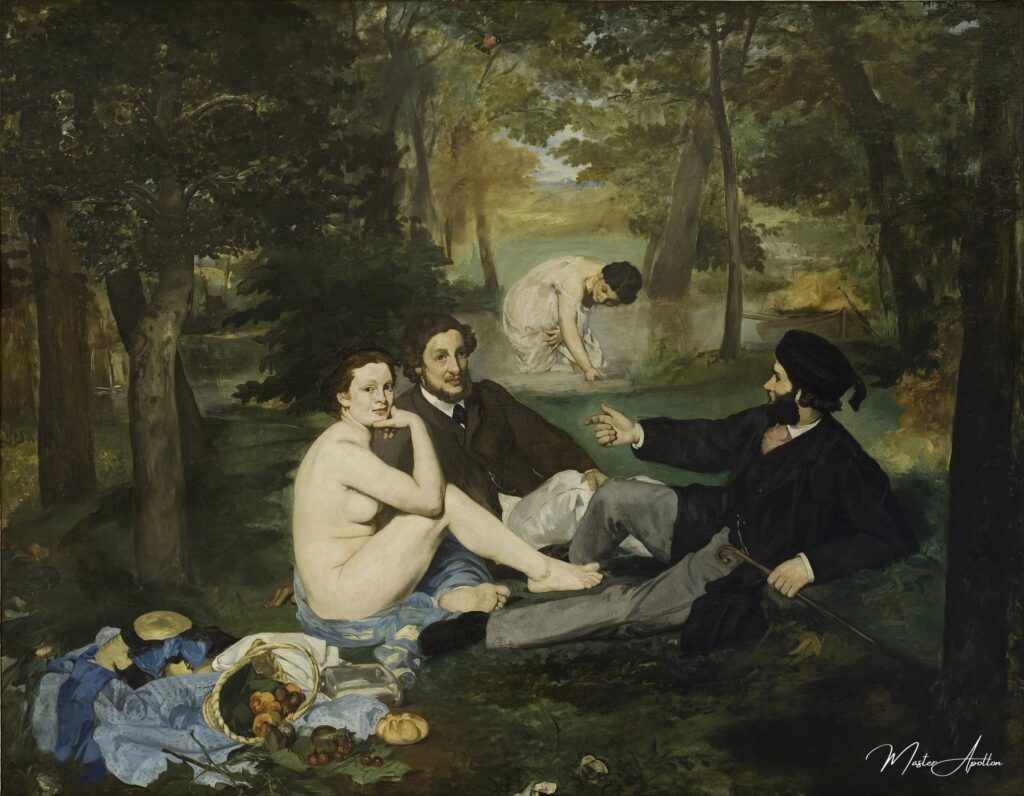
Luncheon on the Grass – Edouard Manet
“Luncheon on the Grass” by Edouard Manet is a mesmerizing oil painting reproduction that will transport you to a world of artistic elegance. With its impeccable craftsmanship and attention to detail, this masterpiece captures the essence and beauty of the original artwork, allowing you to experience the same emotions and sensations as the artist intended.
Using a blend of traditional technique…
The Breaking of Artistic Conventions: Édouard Manet’s Le Déjeuner sur l’herbe
In the mid-19th century, Édouard Manet shattered traditional artistic norms with his provocative painting Le Déjeuner sur l’herbe (The Luncheon on the Grass), a work that would later be recognized as a cornerstone of modern art. Exhibited at the 1863 Salon des Refusés in Paris, after being rejected by the conservative Salon jury, the painting stirred intense controversy, public outrage, and critical debate. While its revolutionary style, subject matter, and composition defied convention, it also drew upon classical inspirations, blending old and new to create a masterpiece that resonates to this day. This article delves into the key aspects of Le Déjeuner sur l’herbe—its rejection of artistic conventions, its modern realism, and its powerful commentary on the gaze—while highlighting its lasting influence on future generations of artists.
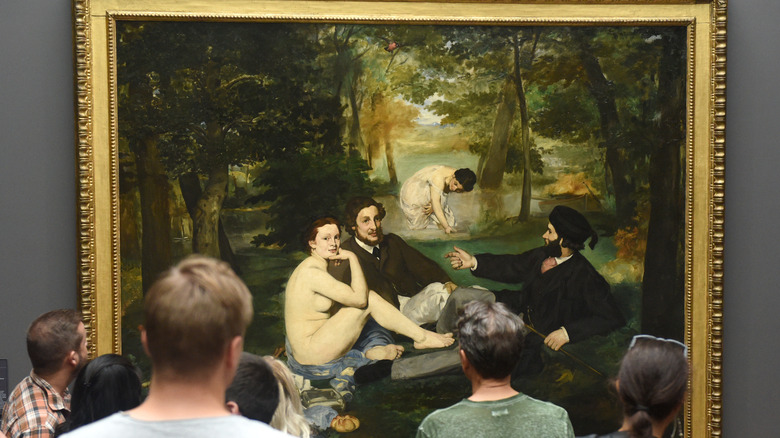
A Break with Tradition
Manet’s Le Déjeuner sur l’herbe disrupted the artistic conventions of its time in several key ways. One of the most striking elements of the painting is its size. Historically, large canvases were reserved for grand subjects like historical, mythological, or religious scenes. Manet’s choice to use a large canvas for a seemingly casual and modern scene—two fully clothed men and a nude woman picnicking in a forest clearing—was, in itself, a radical departure from established norms.
Moreover, Manet’s loose, almost sketch-like brushwork further distanced the painting from the highly finished, polished surfaces that characterized academic art of the period. In contrast to the meticulous attention to detail seen in works by traditional artists, Manet’s technique gives Le Déjeuner sur l’herbe a more spontaneous and vibrant feel, which was considered shocking and incomplete by many critics. The combination of these two factors—the unexpected scale and unconventional technique—was a direct challenge to the rigid hierarchy of subject matter and style upheld by the art academies of the time.
Modern Realism and Its Discontents
Another key reason for the controversy surrounding Le Déjeuner sur l’herbe was its blend of traditional artistic references with contemporary realism. At first glance, the painting might seem to belong to the tradition of pastoral scenes, recalling the idyllic, mythological settings of Renaissance masters. However, the figures in Manet’s work are distinctly modern. The men wear contemporary clothing, and the nude woman—unlike the idealized goddesses of classical art—appears to be a real person, with no divine or allegorical context to explain her nudity.
This juxtaposition of the classical with the modern was unsettling to viewers in the 1860s. The realism of the figures, particularly the woman, whom Manet painted with sharp, direct contours, clashed with the audience’s expectations of how women should be represented in art. Traditionally, nude figures were depicted in mythological or historical contexts, offering a degree of moral or intellectual distance. In Le Déjeuner sur l’herbe, however, the nude woman sits casually among two clothed men in what appears to be a contemporary picnic scene. Her presence lacks the narrative framework that would have rendered her nudity acceptable in the eyes of the public and critics alike. This break from convention was one of the key factors in the painting’s scandalous reception.
The Power of the Gaze
The woman’s direct, confrontational gaze at the viewer is perhaps the most provocative aspect of Le Déjeuner sur l’herbe. In traditional representations of the female nude, women were often depicted as passive, unaware of or indifferent to the viewer’s gaze. Manet’s nude, however, meets the viewer’s eyes head-on, establishing a direct relationship with the audience. This subversion of the traditional “male gaze” was deeply unsettling for contemporary viewers, as it shifted the dynamics of power and control in the relationship between the viewer and the subject.
The gaze in Le Déjeuner sur l’herbe has been the subject of much debate among art historians. Some interpret the painting as a commentary on prostitution, given the setting in the Bois de Boulogne, an area in Paris known for illicit encounters. Others see it as a broader commentary on the roles of women in modern society. Regardless of the specific interpretation, the painting challenges the traditional portrayal of women in art, raising important questions about the role of the viewer, the nature of the gaze, and the objectification of women.
Inspiration from the Masters
Although revolutionary in many respects, Le Déjeuner sur l’herbe also draws inspiration from classical sources, particularly from the Renaissance. The disposition of the figures, for example, is directly borrowed from The Judgment of Paris, an engraving by Marcantonio Raimondi after a drawing by Raphael. In this classical scene, three goddesses appear before Paris, who is tasked with choosing the most beautiful among them. Manet’s composition mimics the arrangement of the figures but replaces the goddesses with a single modern woman and substitutes Paris with two men in contemporary dress.
This blending of the old and the new is a hallmark of Manet’s work. While he challenged many of the conventions of his time, he also maintained a dialogue with the great masters of the past. In Le Déjeuner sur l’herbe, Manet recontextualizes classical composition, infusing it with modern subject matter and aesthetic sensibilities.
Public Outrage and the Salon des Refusés
When Le Déjeuner sur l’herbe was submitted to the 1863 Salon, the jury rejected it, deeming it too controversial and inappropriate for public exhibition. However, thanks to Emperor Napoleon III’s decision to create the Salon des Refusés—an alternative exhibition for rejected works—Manet’s painting found an audience. The Salon des Refusés became a sensation, attracting large crowds and sparking heated debates about the direction of modern art. The controversy surrounding Le Déjeuner sur l’herbe ultimately played a crucial role in securing Manet’s fame and influencing the development of the burgeoning Impressionist movement.
Models and Real-Life Inspirations
One of the unique aspects of Le Déjeuner sur l’herbe is its use of real people as models. The nude woman is widely believed to be Victorine Meurent, one of Manet’s favorite models, while the two men are said to be based on Manet’s brothers and his brother-in-law, Ferdinand Leenhoff. This personal connection adds another layer of meaning to the painting, blurring the line between the public and the private, the mythological and the everyday.
Conflicting Interpretations
The ambiguity of Le Déjeuner sur l’herbe has led to a wide range of interpretations. Some see the work as a satire on bourgeois morality, while others interpret it as a celebration of modern life. The lack of a clear narrative or moral message in the painting allows for multiple readings, which has only contributed to its enduring appeal and significance in art history.
Enduring Influence
Le Déjeuner sur l’herbe has had a profound impact on generations of artists. Its composition, subject matter, and style have inspired numerous reinterpretations and homages by artists such as Claude Monet, Paul Cézanne, Pablo Picasso, and Mickalene Thomas. Its boldness and innovation continue to resonate with contemporary art and critical analysis, making it one of the most important and influential paintings of the 19th century.
Conclusion
Manet’s Le Déjeuner sur l’herbe stands as a revolutionary work that challenged the artistic conventions of its time. By blending classical references with modern realism, confronting the viewer with a direct gaze, and breaking free from the restrictive norms of the Salon, Manet paved the way for the Impressionist movement and left an indelible mark on the history of art. Its controversial reception and enduring influence serve as a testament to its radical nature and the lasting power of innovation in the arts.
Edouard Manet
Édouard Manet was a pioneering French painter known for his influential role in the transition from Realism to Impressionism, characterized by his bold brushwork, innovative use of light and color, and his provocative depictions of modern life.

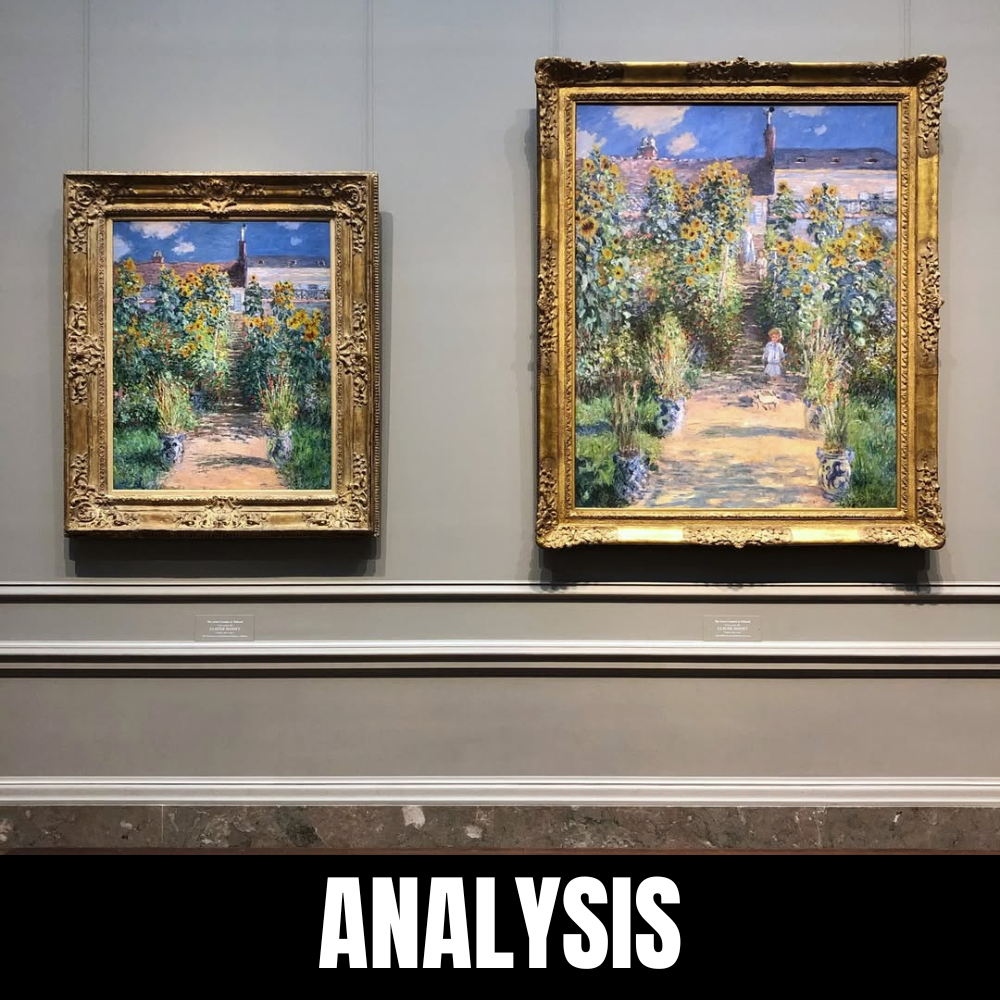
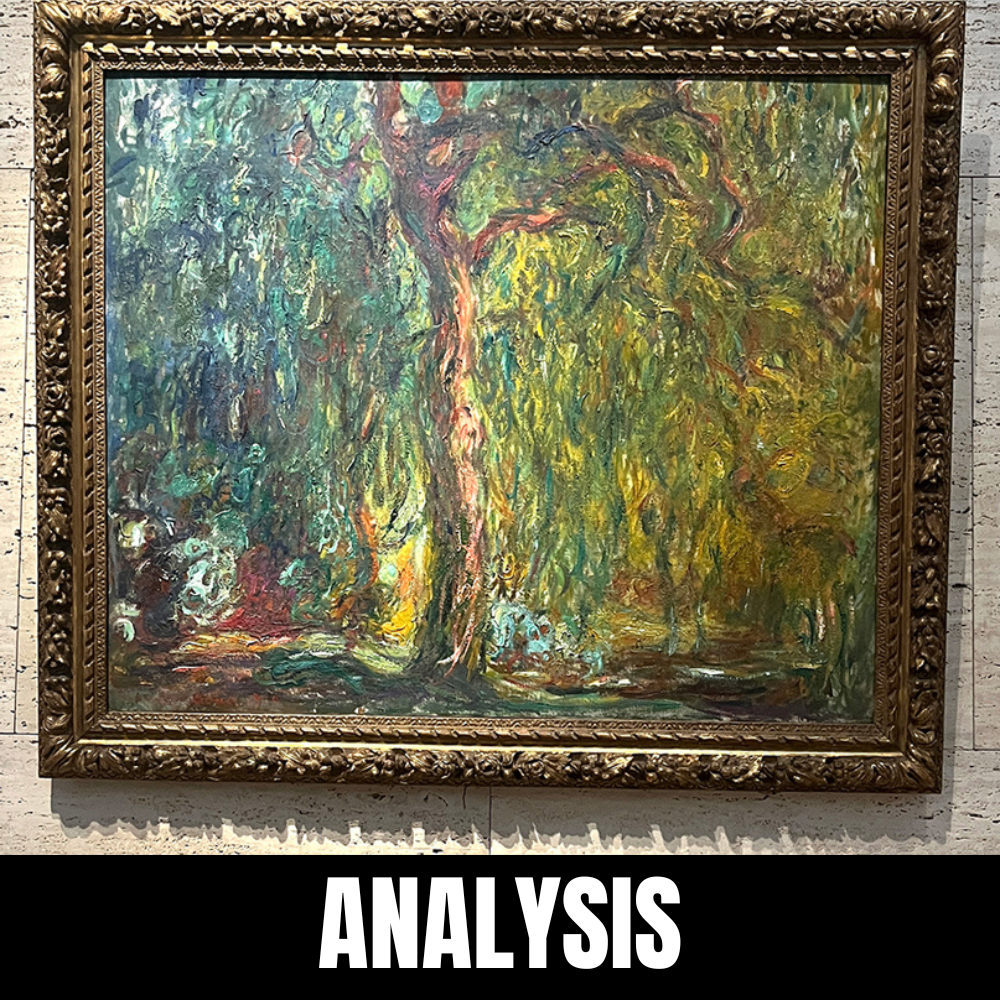
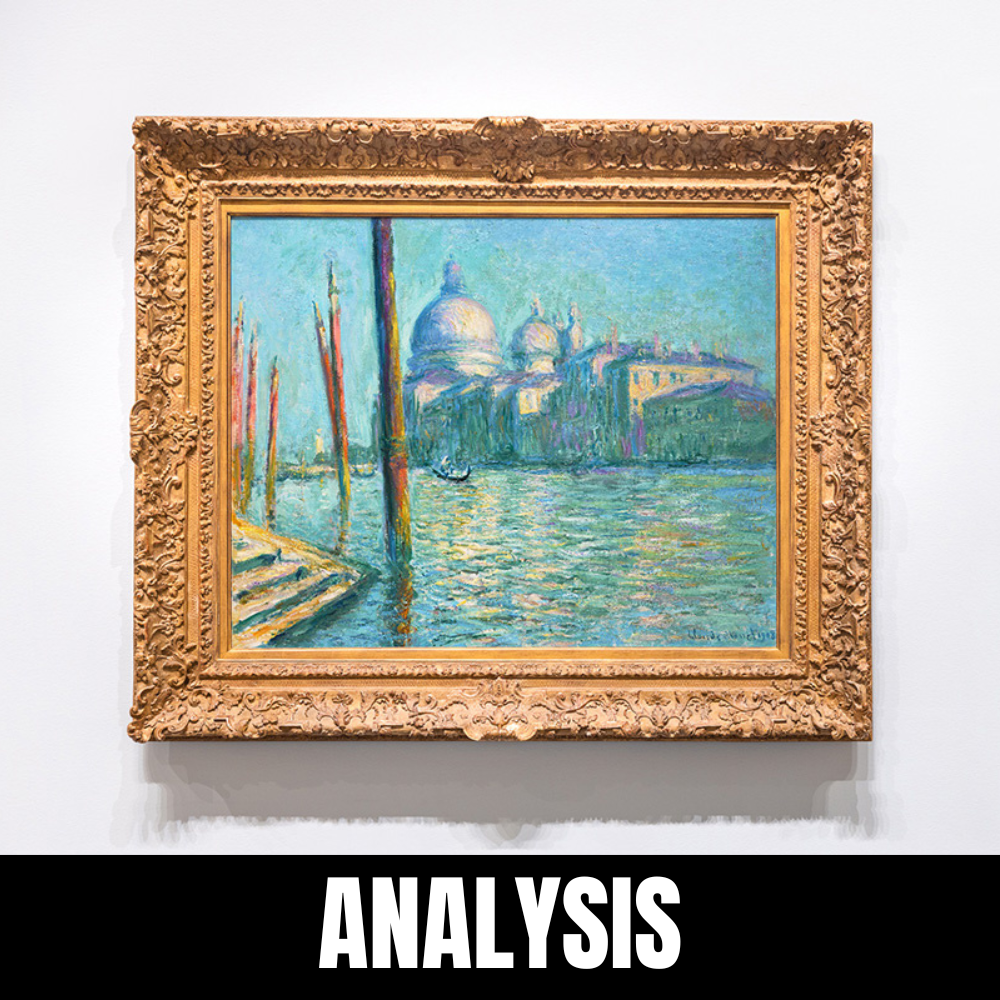
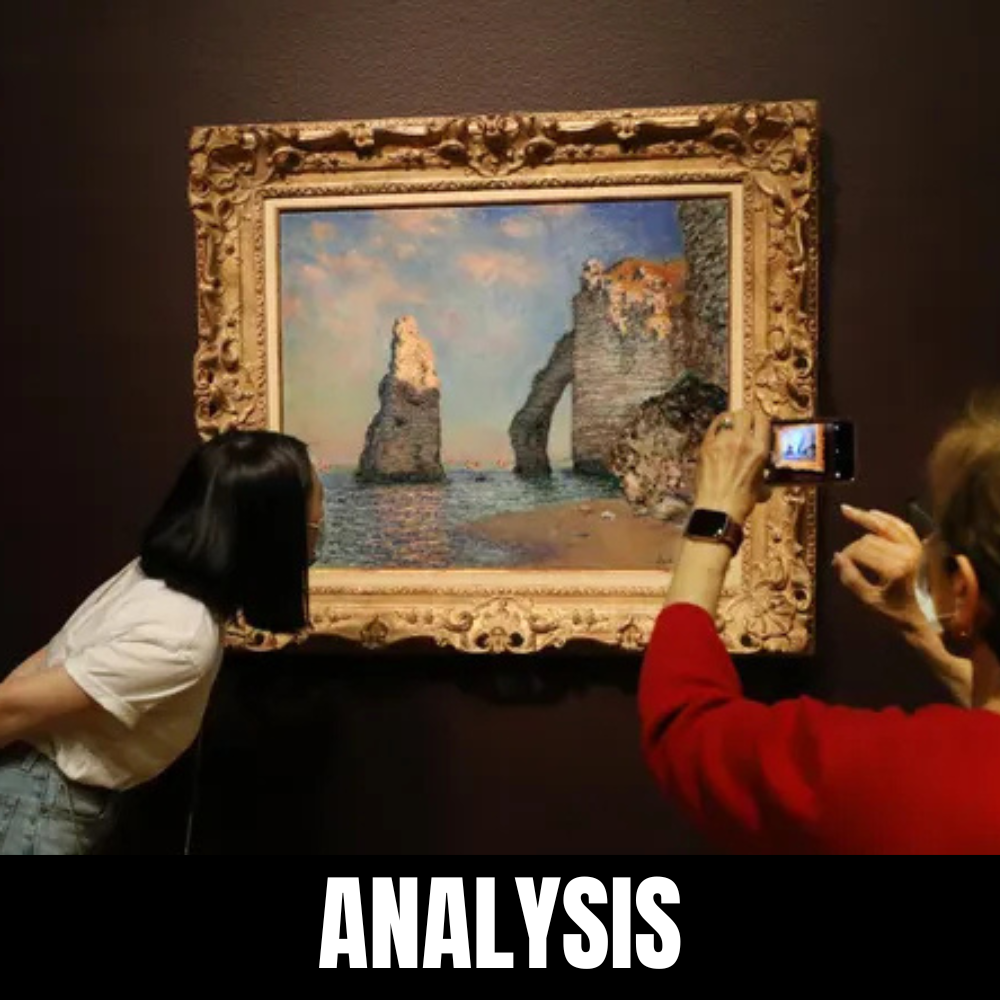
Leave a Reply